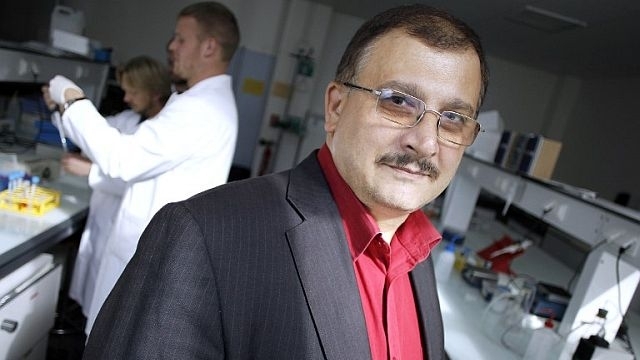Paper demonstrating the escape and establishment of transgenic DNA from GMOs in all rivers tested in China.
Salient points:
1. A novel method was used to select and isolate those bacteria from the river water which contained DNA suspected to derive from GMOs. These were then carefully studied to demonstrate that the DNA could not have come from other sources (e.g. mutation/natural selection).
2. Although the numbers varied, and absolute amounts of the transformed bacteria could not be measured, every river sampled was shown to contain these organisms.
3. The exact origin of the transgenic DNA incorporated into native bacterial populations was not determined. It could come from intentional releases (such as agricultural fields) or from unintentional escapes from contained situations (labs, industrial facilities).
4. These bacteria all have in common the fact that they acquired antibiotic resistance markers from transgenic origin (the markers were used to select the bacteria in the first place). Antibiotic resistance in free-living bacteria is not a good thing for those who may one day want to use antibiotics to fend-off infections (e.g. patients in hospitals).
5. Nevertheless, the antibiotic resistance is not at all the most important point of this paper (even when the authors themselves seem to think it is). Looking for antibiotic resistance was the easiest feasible way to do this work and it also has the obvious medical implications, but this is only a fraction of the many other sequences of transgenic DNA which must be expected out there in the environment, from all kinds of origins, with all kinds of possible functions. This paper is the equivalent of the proverbial sighting of the iceberg’s tip. A polaroid photo of a small part of what must be a very large and relevant phenomenon.
6. The question which beggars belief is: why is it that nobody in the “West” has been able to follow up on such leads, or even suggest doing this kind of work? One thinks of the work begun at NYU on soils, which attracted so much negative campaigning, and nary a recognition.
COMMENT by UC Berkeley microbiologist Dr Ignacio Chapela










